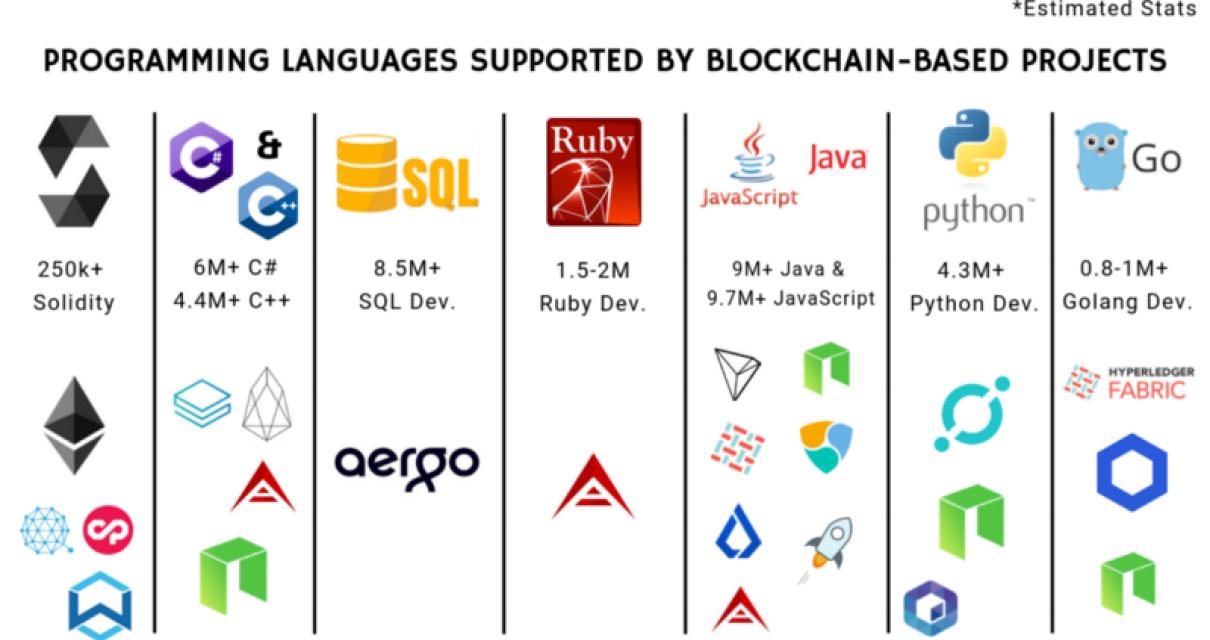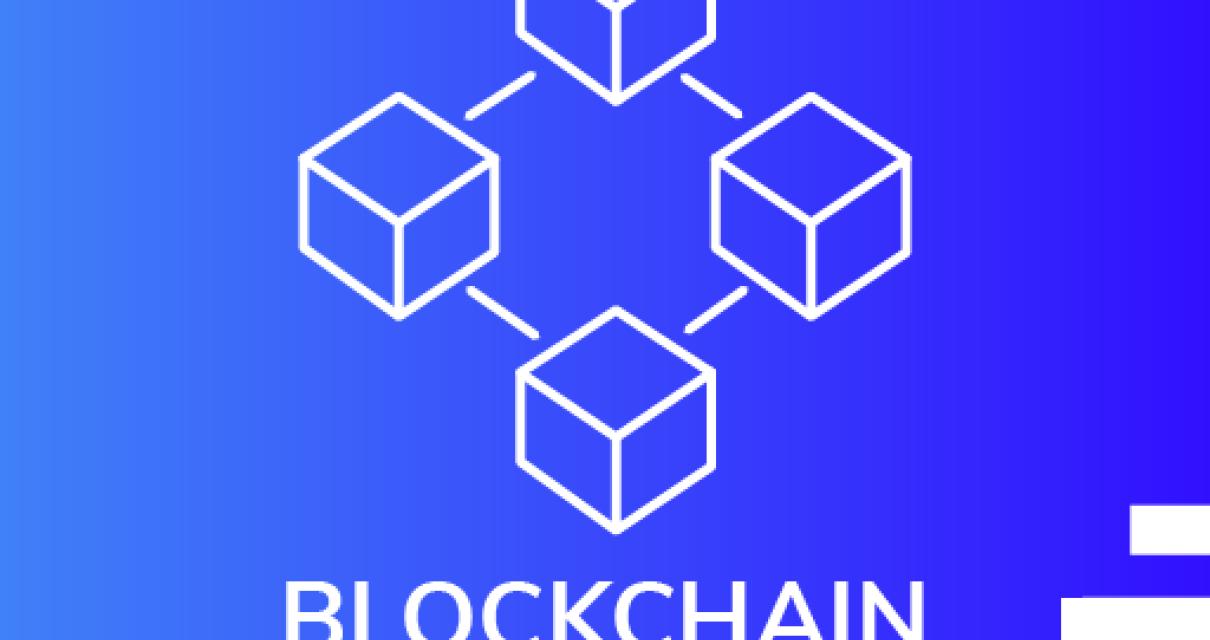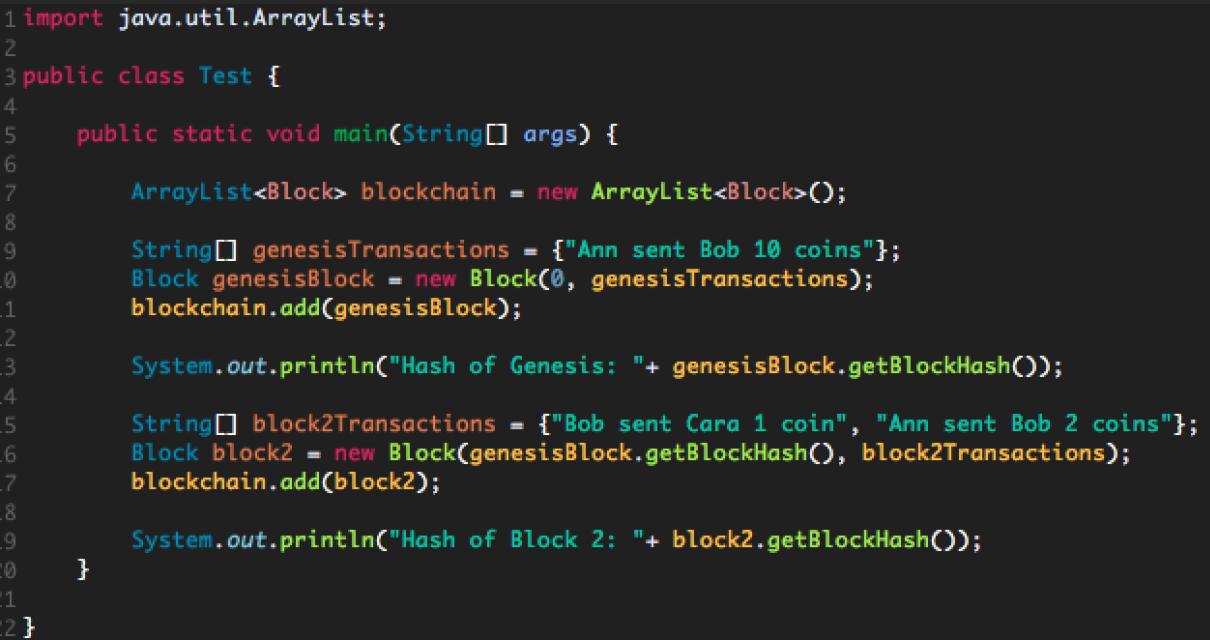What is blockchain programming?
Blockchain programming is a way to create decentralized applications using blockchain technology. It allows for the creation of applications that are secure, transparent, and efficient.
The basics of blockchain programming
A blockchain is a distributed ledger of all cryptocurrency transactions. It is constantly growing as “completed” blocks are added to it with a new set of recordings. Each block contains a cryptographic hash of the previous block, a timestamp, and transaction data. Bitcoin nodes use the block chain to distinguish legitimate Bitcoin transactions from attempts to re-spend coins that have already been spent elsewhere.
Bitcoin nodes use the block chain to distinguish legitimate Bitcoin transactions from attempts to re-spend coins that have already been spent elsewhere. Bitcoin nodes use the block chain to distinguish legitimate Bitcoin transactions from attempts to re-spend coins that have already been spent elsewhere.
The benefits of blockchain programming
There are many benefits to using blockchain programming, including:
- transparency: every transaction is recorded in a public ledger, which makes it easier to track and verify transactions.
- security: blockchain technology is secure, meaning that it is difficult to tamper with the data.
- tamper-proofing: because transactions are recorded in a public ledger, it is difficult for third parties to corrupt or tamper with the data.
- trust: because blockchain is decentralized, users can trust that the data is accurate and un tampered with.

The challenges of blockchain programming
The blockchain is a distributed database that allows for secure, transparent and tamper-proof transactions. However, programming a blockchain requires a certain level of expertise. Additionally, the decentralized nature of the blockchain means that there is no central authority that can help with debugging or support.

The future of blockchain programming
There is no doubt that blockchain technology has the potential to revolutionize how businesses operate. But what’s next for blockchain programming?
As blockchain technology continues to grow in popularity, developers are working to create new applications and services that take advantage of its unique capabilities. This includes developing innovative ways to store and use blockchain data, as well as creating new ways to process transactions.
As blockchain technology continues to evolve, we can expect to see more widespread adoption and widespread disruption of various industries. So if you’re interested in learning more about this exciting technology, be sure to check out our courses on blockchain programming!
The history of blockchain programming
The history of blockchain programming can be traced back to 2007, when Bitcoin was first created. Satoshi Nakamoto, the creator of Bitcoin, released a paper describing the digital currency and the blockchain technology that underpins it.
Since then, blockchain technology has been adopted by a wide range of industries, including financial services, healthcare, supply chain management and more. In 2016, Ethereum was created as a decentralized platform that allows users to run smart contracts and create decentralized applications.
As blockchain technology continues to evolve, so too does the programming language used to create blockchain applications. In recent years, developers have started to use more general-purpose languages like JavaScript and Python to create blockchain applications. This is likely due to the lack of features specific to blockchain programming languages, as well as the increasing popularity of these languages among developers.

The applications of blockchain programming
There are a number of potential applications for blockchain technology, including but not limited to:
1. Currency: Bitcoin and other cryptocurrencies are the first and most well-known applications of blockchain technology, but the technology has potential applications beyond currencies. For example, blockchain could be used to track and verify the ownership of assets such as land or property.
2. Education: Blockchain could be used to securely store and track the history of academic transcripts. This could help students avoid scams and ensure that their transcripts are accurate.
3. Healthcare: Blockchain could be used to securely store medical records. This could help patients avoid scams and ensure that their medical information is accurate.
4. Voting: Blockchain could be used to securely store and track the voting records of citizens. This could help protect democracy by ensuring that votes are accurately recorded and verified.
The pros and cons of blockchain programming
There are many pros and cons of blockchain programming, depending on the person. Some people believe that it is a powerful technology that can revolutionize the way businesses operate, while others are concerned that it is still in its early stages and may not be ready for widespread use.
The different types of blockchain programming
There are three main types of blockchain programming:
1. Bitcoin mining
2. Ethereum mining
3. Blockchain applications
Bitcoin mining is the process of verifying and adding new blocks of transactions to the blockchain. Ethereum mining is the process of verifying and adding new blocks of transactions to the Ethereum blockchain. Blockchain applications are programs that use the blockchain technology.
How to get started with blockchain programming
There is no one-size-fits-all answer to this question, as the best way to get started with blockchain programming will vary depending on your experience and skills. However, some tips on how to get started with blockchain programming include researching existing blockchain projects and frameworks, reading up on cryptography and blockchain technology, and practicing coding by building simple applications.